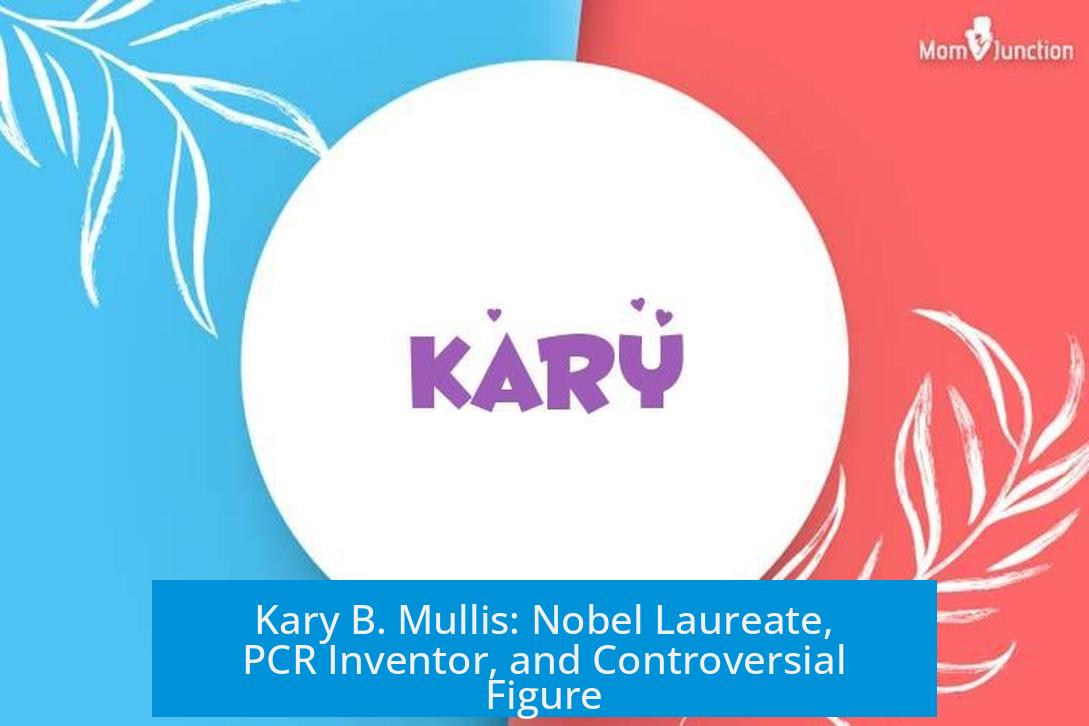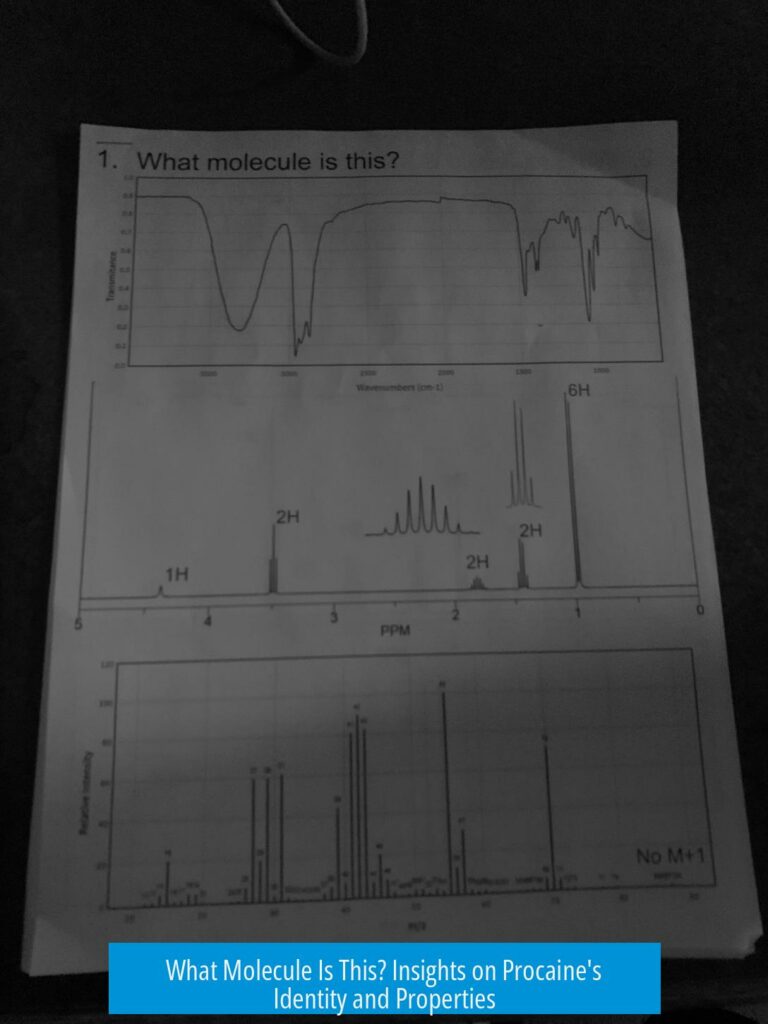Kary B. Mullis: Nobel Laureate, PCR Inventor, and Controversial Figure

Kary B. Mullis, best known for inventing the polymerase chain reaction (PCR) technique, is also noted for synthesizing psychedelic drugs and claims to have spoken to a glowing green raccoon. While his groundbreaking work in PCR fundamentally transformed molecular biology, less conventional aspects of his life and beliefs have drawn significant attention.
Scientific Achievement: Inventing PCR
Mullis’s invention of PCR in the 1980s revolutionizes DNA research by enabling rapid amplification of DNA sequences. This technique earns him the Nobel Prize in Chemistry in 1993. PCR becomes an essential tool in genetics, forensic science, and medical diagnostics.
Unconventional Personal Life and Psychedelic Chemistry
In addition to his scientific achievements, Mullis reportedly synthesizes psychedelic substances during his career. These activities align with his experimental personality, as reflected in his autobiography, Dancing Naked in the Mind Field. The book mixes humor with unconventional and sometimes bizarre anecdotes.
Claims of Speaking to a Glowing Green Raccoon
Mullis is known for recounting unusual experiences, including dialogues with extraordinary entities. One notable claim involves conversations with a glowing green raccoon. Such statements exemplify his eccentric and nonconformist character rather than scientific evidence.
Controversial Views and Denialism
- Mullis publicly doubts the established links between HIV and AIDS.
- He rejects scientific consensus on climate change and ozone depletion.
- Expresses interest in astrology and promotes opinions beyond his expertise.
Public Perception and Reputation
Opinions vary widely. Some admire his challenge to dominant scientific views and appreciate his candid personality. Others criticize his denial of well-substantiated phenomena as pseudoscience. Despite eccentricities, Mullis remains a memorable figure in science.
Life After Science
Later in life, he reportedly took up non-scientific employment, such as car sales in San Diego, though details remain anecdotal. This shift contrasts with his earlier high-profile scientific career.
Summary of Key Points
- Mullis invents PCR, a key molecular biology method, winning the Nobel Prize.
- He synthesizes psychedelic drugs and claims unusual mystical experiences.
- His autobiography reveals a humorous but eccentric personality.
- Mullis denies accepted science on HIV/AIDS, climate change, and ozone depletion.
- Public opinion is mixed; some respect his challenges, others critique his pseudosciences.
- Post-science life involves ordinary work, contrasting with prior achievements.
Did Kary B. Mullis synthesize psychedelic drugs during his life?
The provided information does not mention Mullis synthesizing psychedelic drugs. There are no verified references to such activities in his known biography or work.
Is there any truth to Kary B. Mullis speaking to a glowing green raccoon?
This story is not supported by any factual evidence. It appears to be a myth or exaggeration with no basis in documented accounts of Mullis’s life.
How did Mullis’s personality affect public perception of his scientific work?
Mullis was seen as eccentric and sometimes controversial. Despite this, some admired his willingness to challenge established ideas, particularly regarding PCR.
What unusual beliefs did Kary B. Mullis hold outside of mainstream science?
He denied links between HIV and AIDS, disputed climate change science, and showed interest in astrology. These views distanced him from the scientific consensus.
What was Mullis’s occupation after winning the Nobel Prize?
Rumors suggest Mullis took on regular jobs, including reportedly selling cars in San Diego. However, details about his post-Nobel career remain unclear.





Leave a Comment